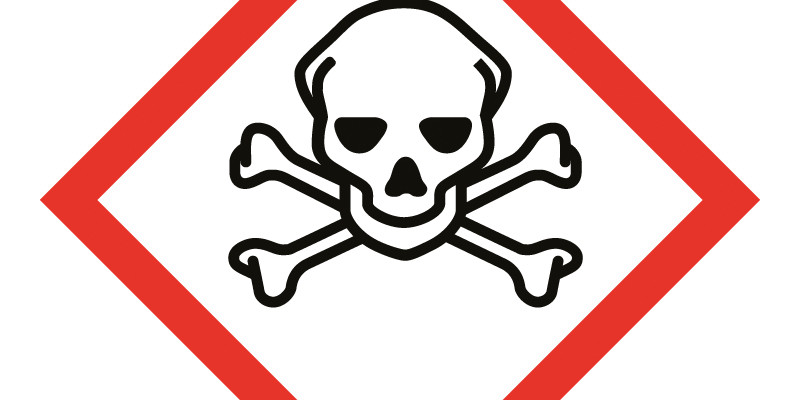Globally Harmonised System (GHS)
 Click to enlarge
Click to enlargeSource: UNECE/GHS
Home > Chemicals policy and pollutants, REACH > GHS
 Umweltbundesamt
Umweltbundesamt
 Click to enlarge
Click to enlargeHome > Chemicals policy and pollutants, REACH > GHS
All chemicals are subject, in principle, to compulsory classification and labelling before they can be placed on the market. The identification of hazardous chemical properties and the consequent labelling with hazard symbols is intended to protect the human health, and the environment from any adverse effects.
Worldwide, however, there are very different systems of classification and labelling of chemicals. It can therefore happen that a substance or mixture of substances is classified as dangerous - and treated accordingly - in one country and not in another. This is problematic not only in terms of transport and trade but also in respect of consumers and protection at work.
The aim of the GHS is therefore to create a standardised global system for the classification and labelling of chemicals. Wherever this globally harmonised system is introduced, be it in China, India, the USA or in Europe, chemicals will in future be classified and labelled according to uniform criteria. For example, any substance considered to be toxic or environmentally hazardous will be labelled all over the world using the same symbol.
It was at the Earth Summit held in Rio de Janeiro in 1992 that the participating states determined for the first time that a standardised global system for the classification and labelling of chemicals was to be created under the leadership of the UN. The concrete mandate is laid down in chapter 19 of Agenda 21 and reads:
"A globally harmonised hazard classification and compatible labelling system, including material safety dates sheets and easily understandable symbols, should be available, if feasible, by the year 2000" (UNCED Agenda 21, Chapter 19).
The "Globally Harmonised System" was introduced for the first time in 2003 in form of the "Purple Book" and has since then been updated every two years. The GHS at UN level is however not legally binding of itself. It only becomes binding upon implementation in the individual countries or communities of states. The "Purple Book", as well as further information on its development, structure and use, is provided by the UNECE.
For the classification and labelling of chemicals according to the GHS the intrinsic properties of the substances and mixtures are drawn upon as before. The categorisation of hazards into physical, health and environmental hazards has also been retained. The GHS describes the criteria for the classification and labelling of substances and mixtures in one regulation. For visualisation of hazards, the GHS establishes standardised pictograms.
The type of hazard is described by hazard classes. Generally these are subdivided into hazard categories which express the level of hazardousness.
Altogether the GHS comprises 16 classes for physical-chemical hazards, 10 classes for health hazards, and one class for hazards to the aquatic environment.
The goal was the creation of a single new system which incorporates all the following characteristics: